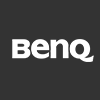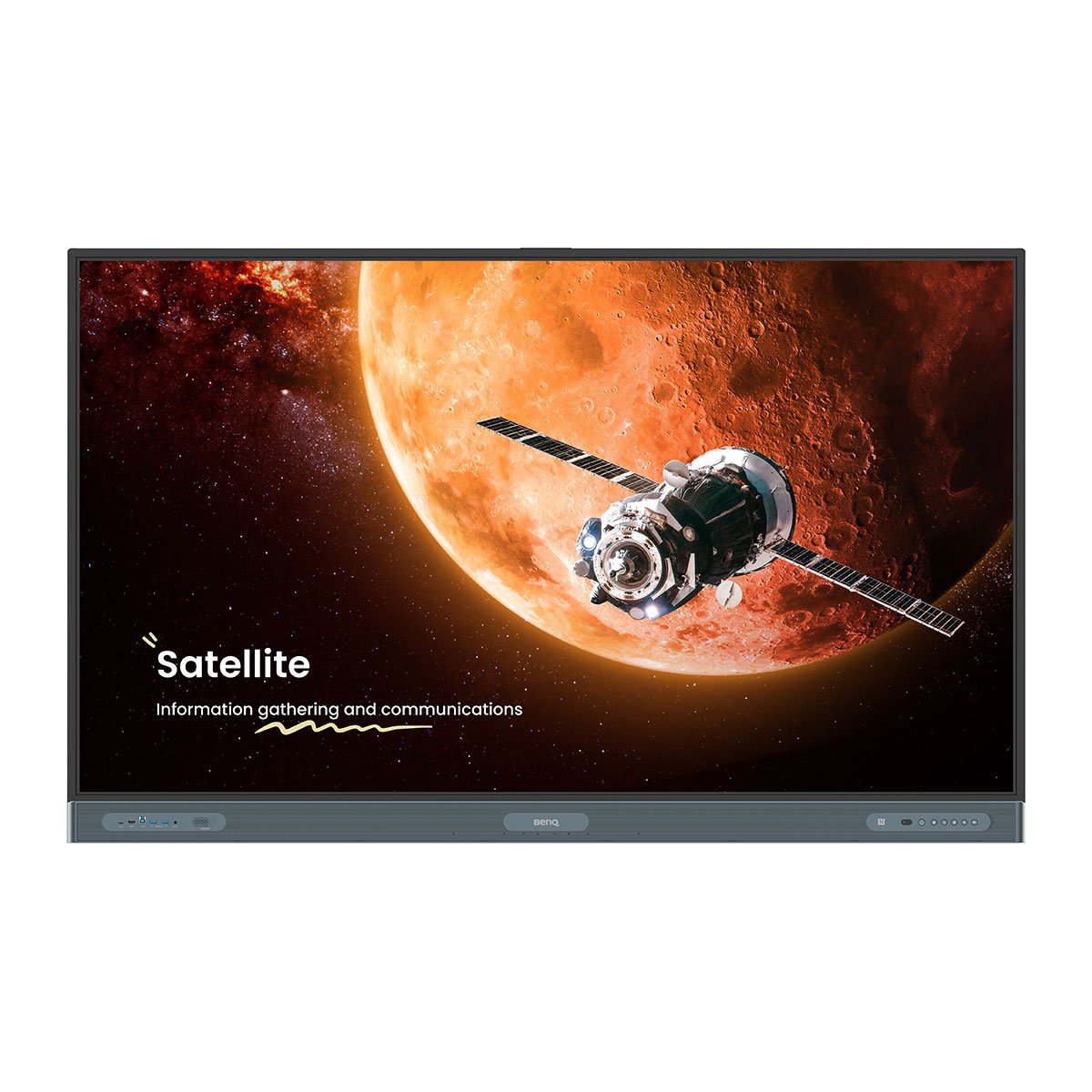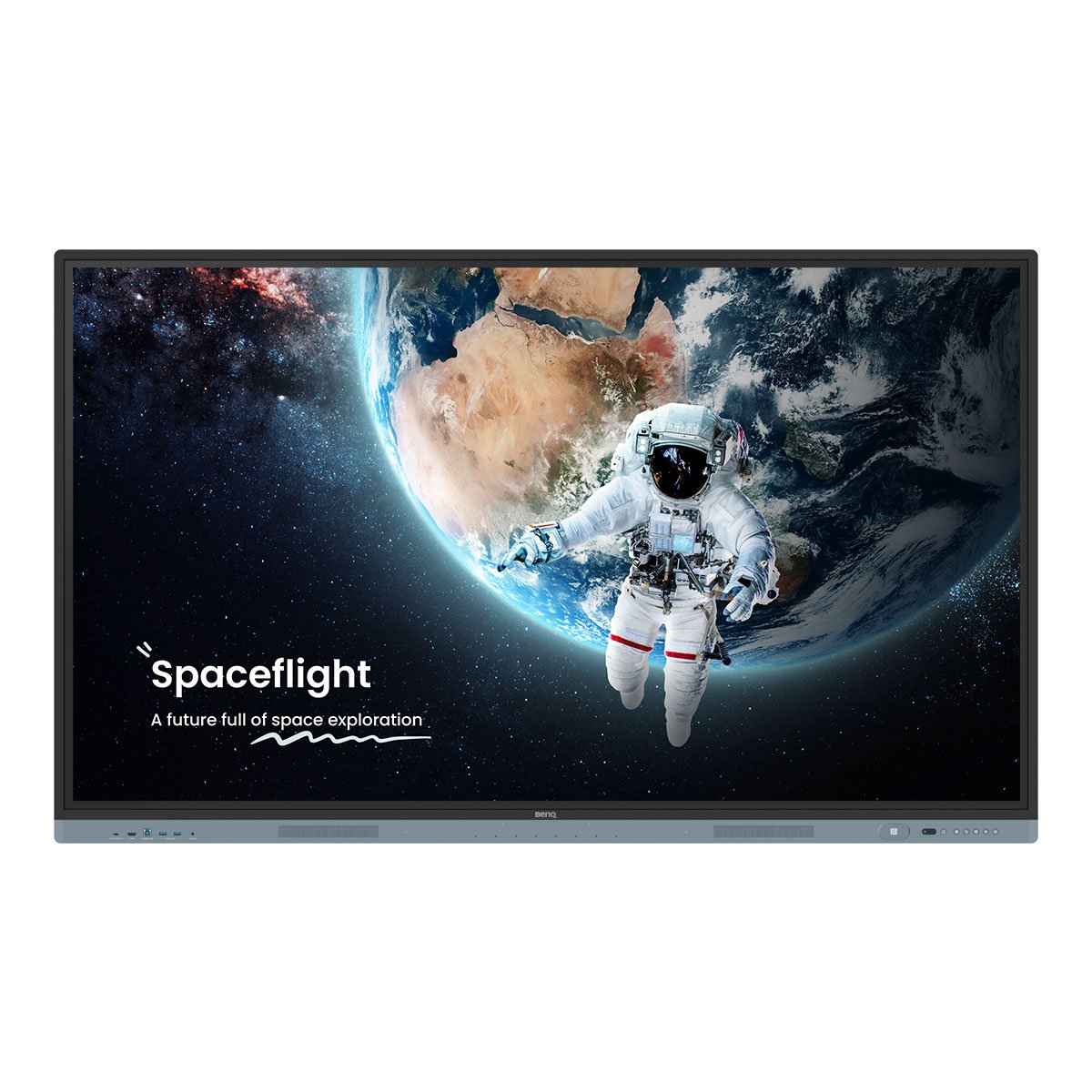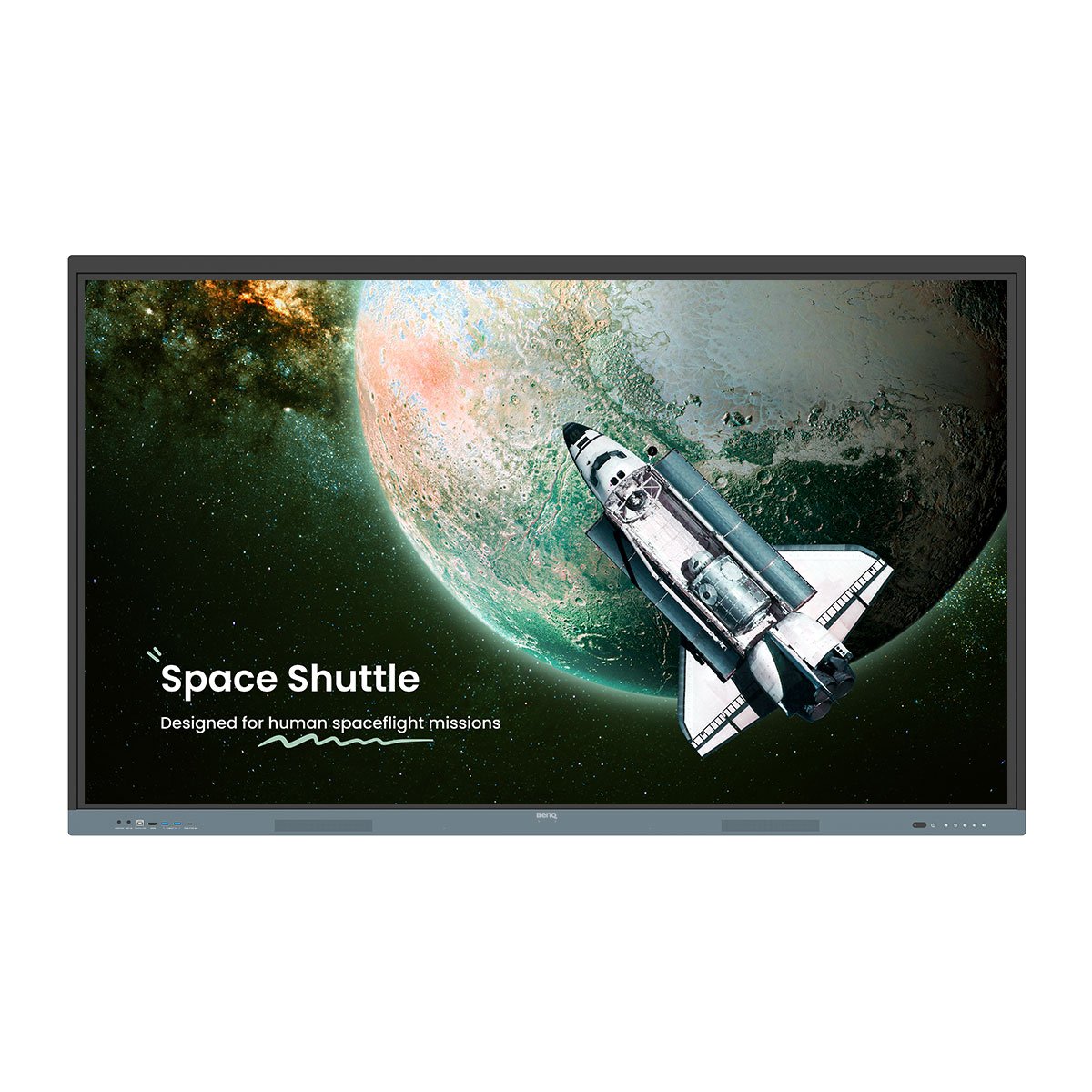

About the School
Tokyo World Japanese Language School, established in 1989 in Tokyo’s multicultural Okubo neighborhood in Shinjuku, employs more than 100 full-time and part-time teachers and serves more than 1,500 students. The school specializes in Japanese-language education tailored to international students aiming to pursue higher education or vocational training in Japan, ultimately preparing them for successful careers.
In addition to Japanese-language courses, the school offers lessons on Japanese culture and customs, equipping its students with the knowledge and skills needed for daily life in Japan.




The Challenge
Tokyo World Japanese Language School has long grappled with the challenges of paper-based teaching. Items like flashcards often proved difficult for students to see clearly during lessons, and the reliance on printed resources created logistical hurdles.
“There were a large number of printed materials, which not only wasted resources but also posed issues such as the time and effort required for printing and the burden on teachers who had to carry these materials,” says Nobuo Kamada, a faculty member at Tokyo World Japanese Language School.
To address these issues and transition to more a paperless system, the school embarked on introducing edtech in the classroom.
“As the first step in this effort, we decided to introduce interactive whiteboards,” Kamada says.
While interactive whiteboards are increasingly common in elementary and middle schools, their adoption is now gaining momentum in the Japanese language school industry. “We felt it was essential for our school to take the initiative and implement this technology early,” Kamada says.




BenQ Solutions
Kamada was tasked with finding the right interactive whiteboard solution for Tokyo World Language School. He first came across the BenQ Board at the 13th annual Education Expo Japan (EDIX) in 2022. At the time, he knew of BenQ as a monitor brand, but when he visited the BenQ booth and tried the BenQ Board, he was impressed by its advanced interactive features.
“I had the chance to try out products from various well-known interactive whiteboard manufacturers, but the responsiveness when writing with a pen was especially remarkable with the BenQ Board,” he says. “I was also particularly impressed by tools like InstaShare 2, which allows content written on the board to be easily shared with students.”
“When I heard about the introduction of the BenQ Board, I hoped it would make my lessons run more smoothly than ever.”
While he found the BenQ Board’s functionality exceptional, Kamada admits there were some initial concerns about introducing them at the school.
“There are quite a few teachers who aren’t comfortable with digital devices,” he says. “I was worried whether they would be able to learn how to use the technology or if they would outright reject it. No matter how much I assured them it was easy to use, just hearing words like ‘interactive whiteboard’ or ‘digital’ made many of them hesitant.”
Michiko Yamashita, a Japanese-language teacher at the school with 15 years of experience, recalls her initial reaction upon hearing about the introduction of the BenQ Board. “I felt like a new era was arriving,” she says, but admitted, “I had never used an interactive whiteboard before, so I was more worried about how it would change my lessons and how I would adapt to it.”
One teacher who was not hesitant was Chiharu Sato, now in her third year as a Japanese language teacher.
“I create my teaching materials using PowerPoint, but printing them on paper imposes limitations on size,” she says. “When I heard about the introduction of the BenQ Board, I hoped it would make my lessons run more smoothly than ever.”
Ultimately, the school acquired BenQ Boards based on how well the EZWrite interactive whiteboard and the InstaShare 2 screen-sharing solution would work for their needs.
After receiving initial training on how to use the BenQ Board, Yamashita says, “I was able to visualize exactly how I could use it in my lessons…it left me with a good impression because of how user-friendly it seemed.”




The Results
After implementation, Kamada said with a smile that the initial concerns teachers had turned out to be completely unfounded.
“The BenQ Board is highly intuitive to use,” he says. “With just a little training, the teachers were able to master it smoothly without any issues.”
“The BenQ Board is highly intuitive to use.”
Teachers at the school have now come to appreciate the benefits of having materials in digital format instead of on paper, he says.
“We’ve even heard comments like, ‘I don’t want to go back to using paper anymore,’ which reflects the overwhelmingly positive reception,” Kamada says.
Yamashita agrees, saying she prefers the school’s new edtech push.
“Having a big screen that everyone can look at together makes it much easier to share information,” she says. “The flashcards and character cards we used before had size limitations, so students sitting in the back likely struggled to see them clearly. Also, with my hands free, I can incorporate gestures more easily, which is a significant advantage.”
Similarly, Sato has found that the BenQ Board enhances both the sharing of her lesson materials and overall accessibility.
“The ability to connect my laptop and display PowerPoint slides on a large screen is a major advantage,” she says. “When students encounter unfamiliar words that are hard to explain verbally, I can quickly open a browser on the BenQ Board, search the term online, and display the results for everyone to see on the large screen.”
Sato also uses the board’s remote control to move freely about the classroom and check on students to offer tailored feedback.
“When I used paper-based materials, I had to remain at the teacher’s desk, so in even moderately small classrooms, I couldn’t keep an eye on what students in the back were doing,” she says. “Now, with the remote control, I can control the board from anywhere in the room, allowing me to move around the classroom and engage with students more closely. This has enabled me to provide more personalized attention.”
Thanks to the BenQ Board, Sato says that students are also more engaged in class.
“With the large screen making content easy to see, students pay more attention and look forward more during lessons,” she says. “I can also pick up on their expressions—if I notice they’re getting bored, I can quickly use the internet to capture their interest.”
She also uses EZWrite 6, the board’s interactive whiteboard solution to get students engaged by creating questions on the fly and using built-in tools such as the timer to give students a sense of urgency and add excitement to her lessons.
“I really believe the BenQ Board has improved the quality of my lessons,” Sato says.






